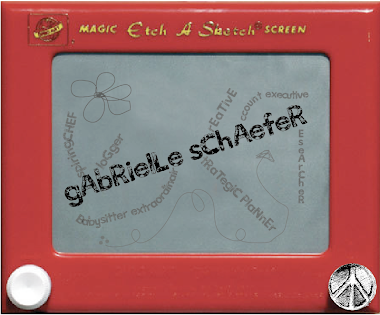In our industry, new buzzwords pop up constantly, and lately it has been “authentic.”
Last month, I attended AdweekMedia’s Social Media Strategies conference in New York and its What Teens Want conference in L.A. In normal conference manner, professionals described how they have managed to garner enviable results within their unique market. The lesson learned for the jealous and zealous in the audience: Find an authentic brand voice and never stray from it.
In social media, Twitter handles and Facebook fan pages should be run the way you would run your own: Make frequent updates (don’t appear as though you slept all day), answer and interact with your friends and followers, and make statements that reflect your voice and are interesting to more than just you and your colleagues. From PepsiCo’s Shiv Singh to H&R Block’s Zena Weist to Threadless’s Cam Balzer, they all said the keys to success are to never underestimate the consumer’s genuine-content radar or stray from a brand’s personality. Plus, tweets, posts and viral content should never seem commercial.
Let’s talk teens. They can sense a lack of authenticity from a mile away. To this demographic, social media allows for an additional outlet of growth, one where they can experiment with their identity and find groups where they fit in best. They have hundreds of friends on Facebook and won’t waste their time “liking” a brand that doesn’t behave in a personal manner.
Musicians who spoke at each of the conferences preached this message the loudest. Pete Wentz of Fall Out Boy, a keynote speaker at Social Media Strategies, credited MySpace with some of his celebrity success and said transparency is the key. Fans must know you, he said, the musician or musical brand communicating with them. At What Teens Want, Troy Carter, manager for Lady Gaga and up-and-comer tween Grayson Chance, said his stars are the only ones with the passwords to their very active Twitter accounts. The teen sensation band Honor Society further cemented this fact when commenting on their online brand presence; @WhatTeensWant tweeted, “HS: We are who u see. We talk 2 our fans the way we normally speak. So our fans just add 2 our social presence. We’re out there on display.”
As Nick Bilton of The New York Times said at Social Media Strategies, the future of media across all platforms is conversation. So when planning how to communicate a brand’s voice, remember that authentic conversation is what will prevail in the world of social media.
*Originally posted here on 11-10-10.

